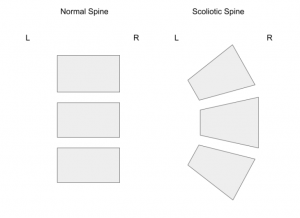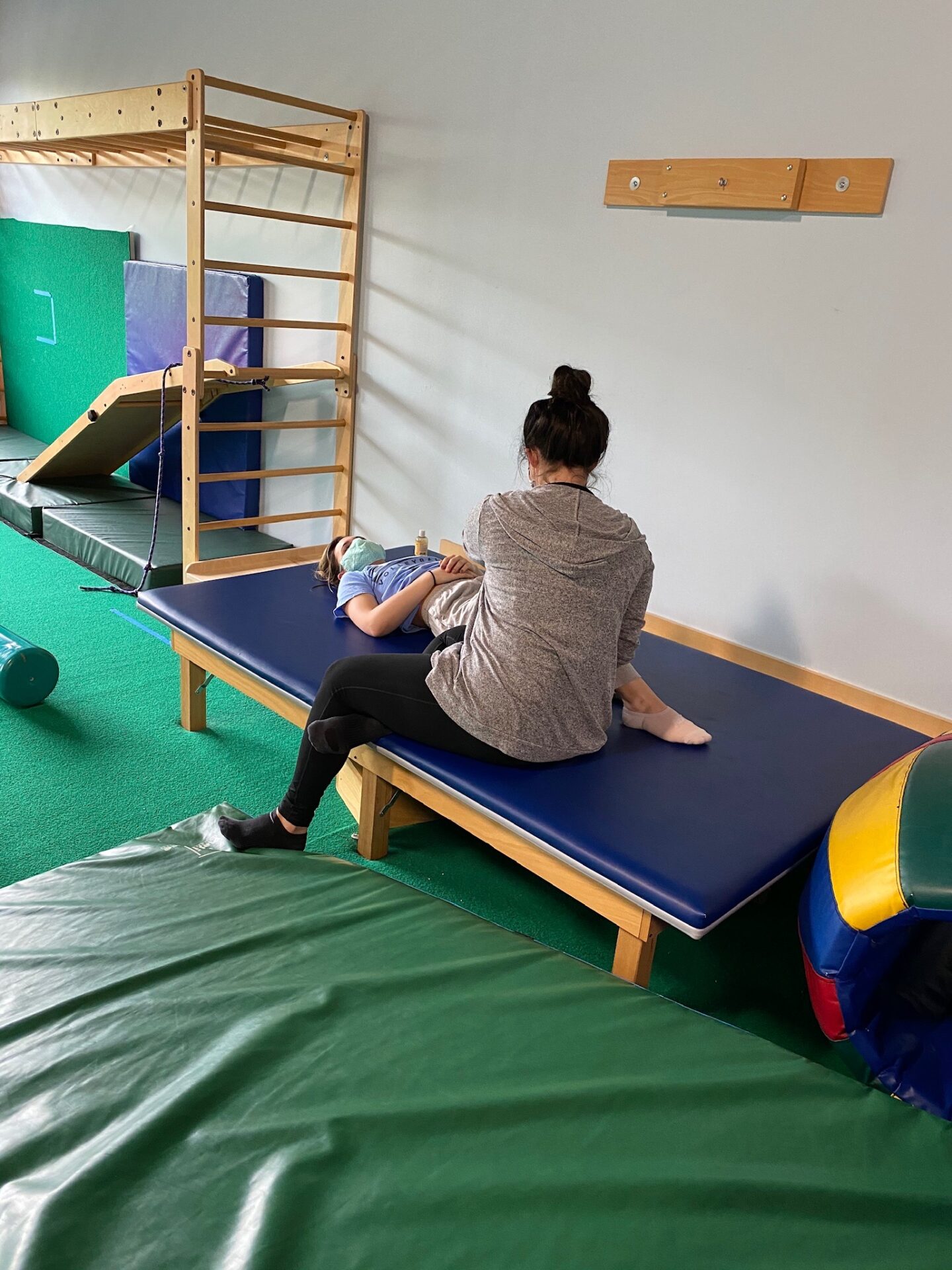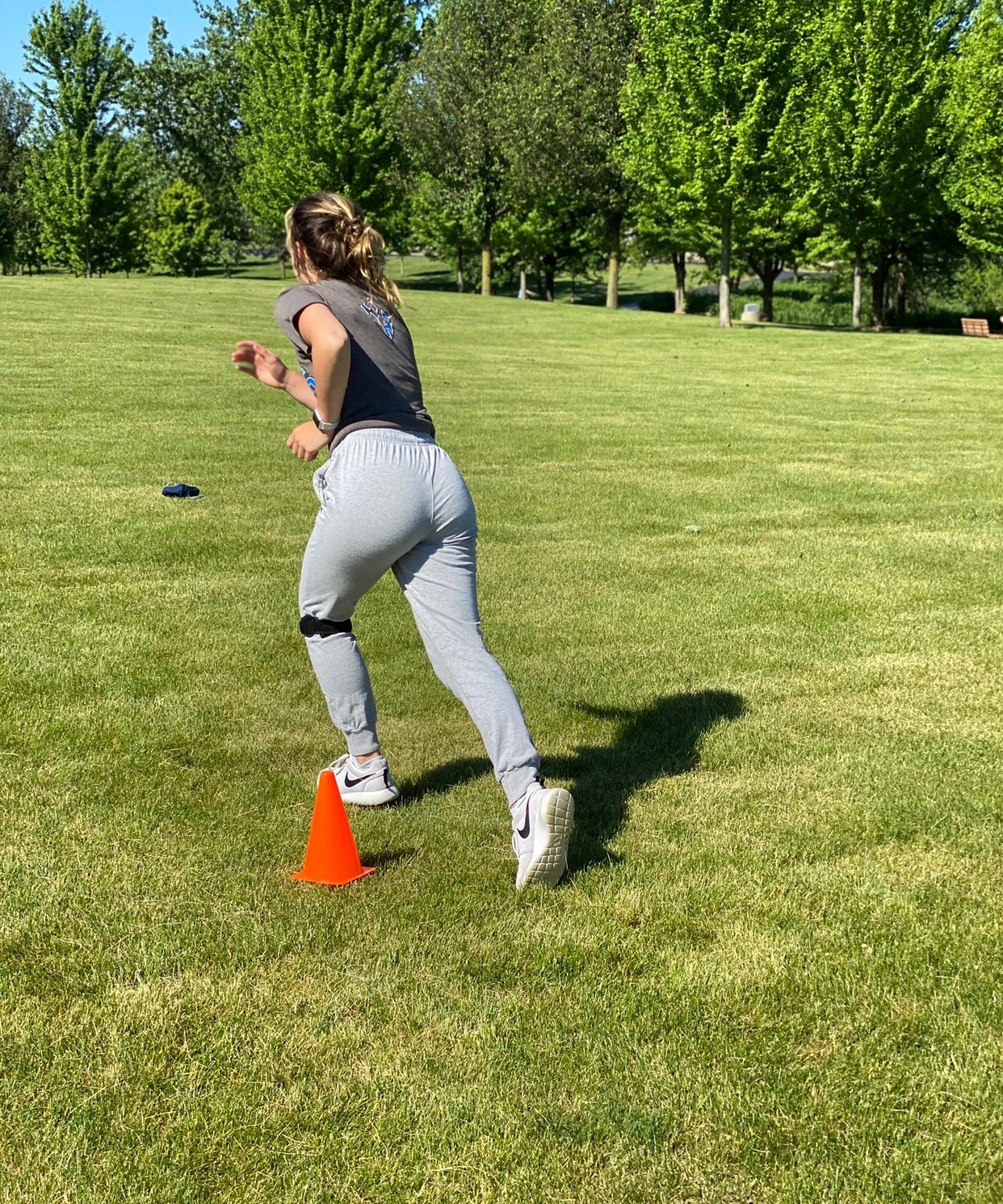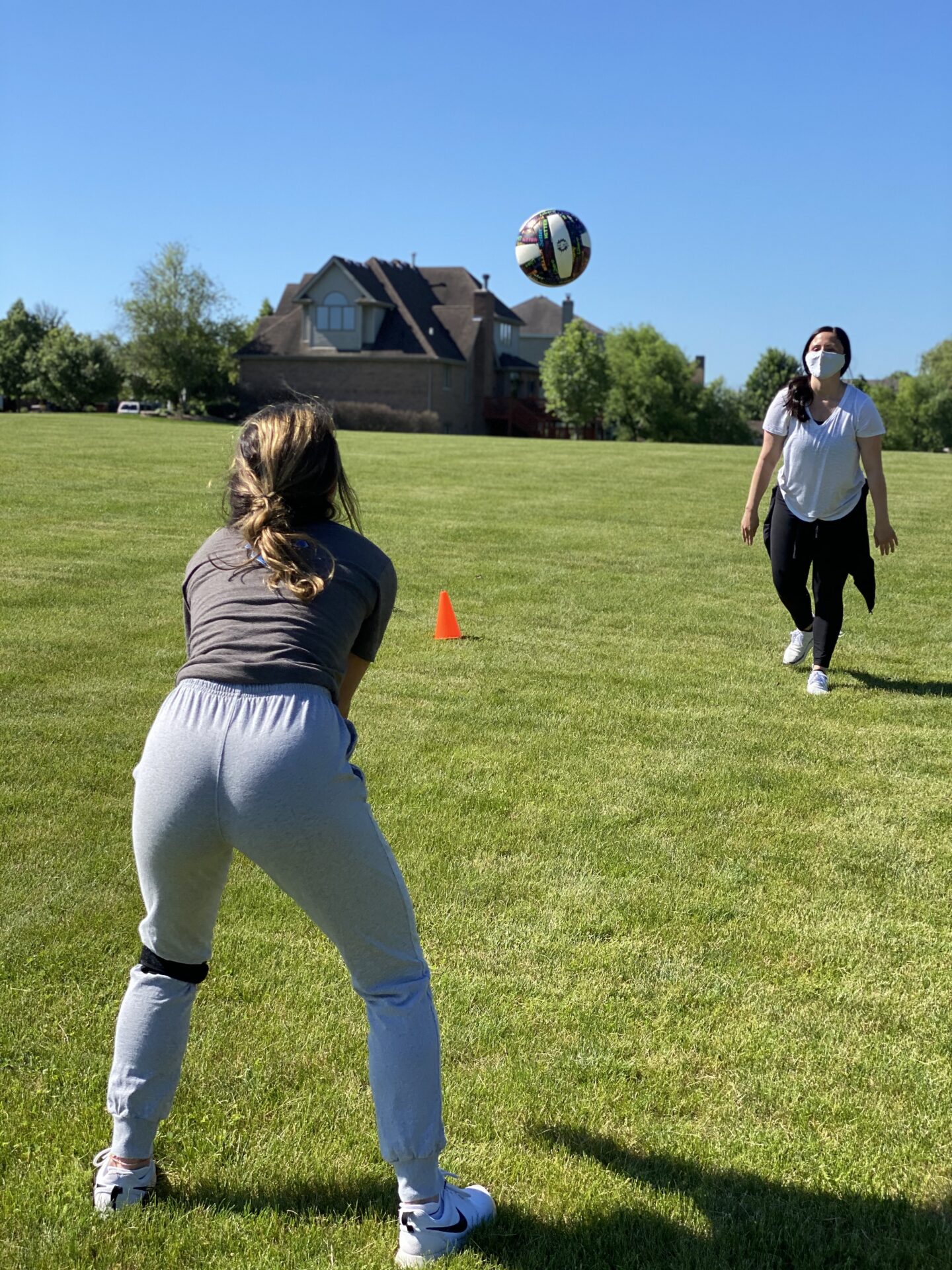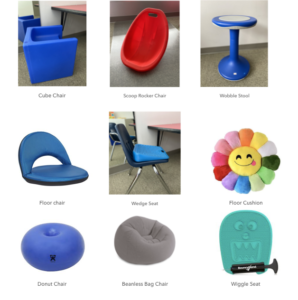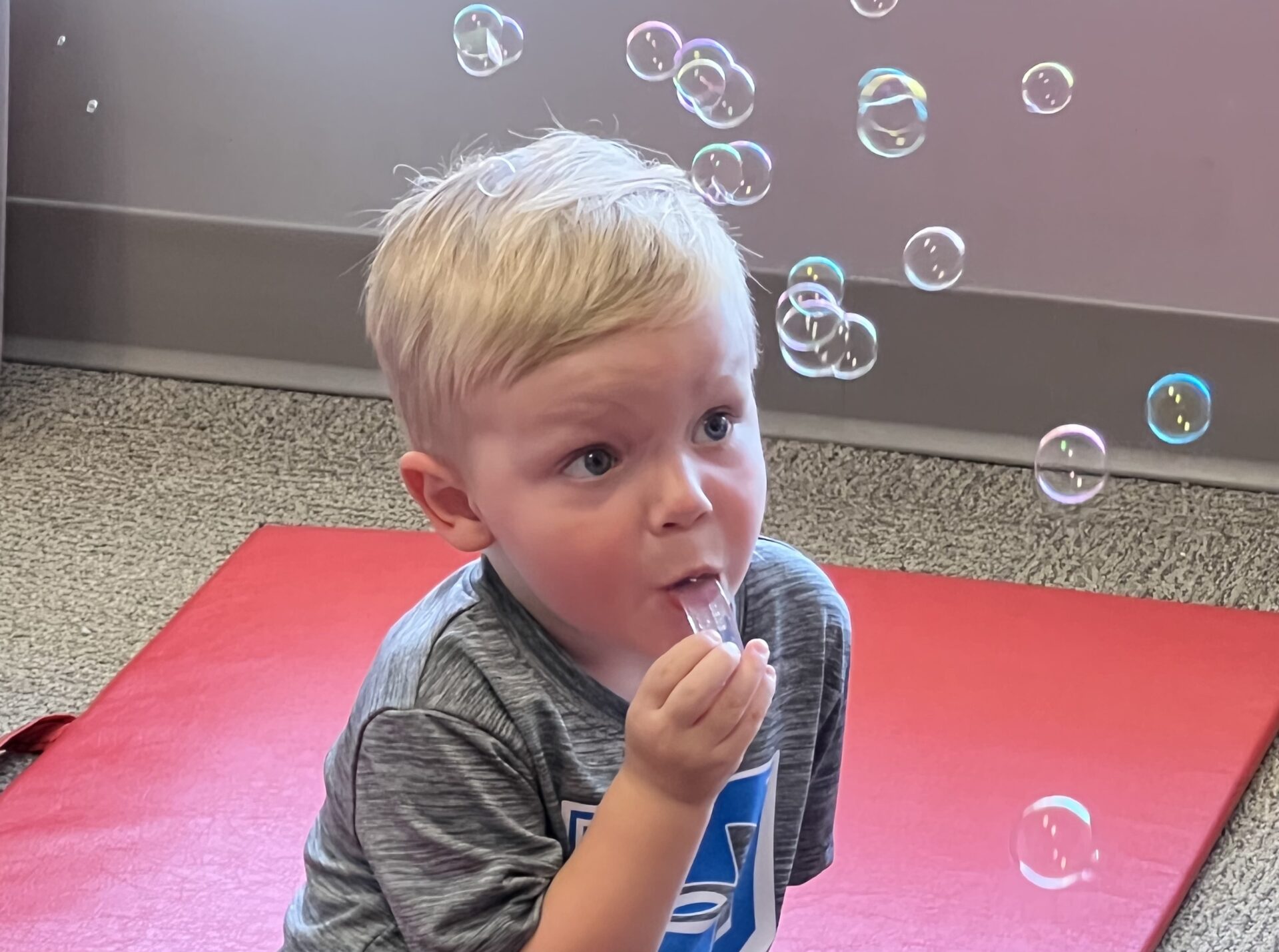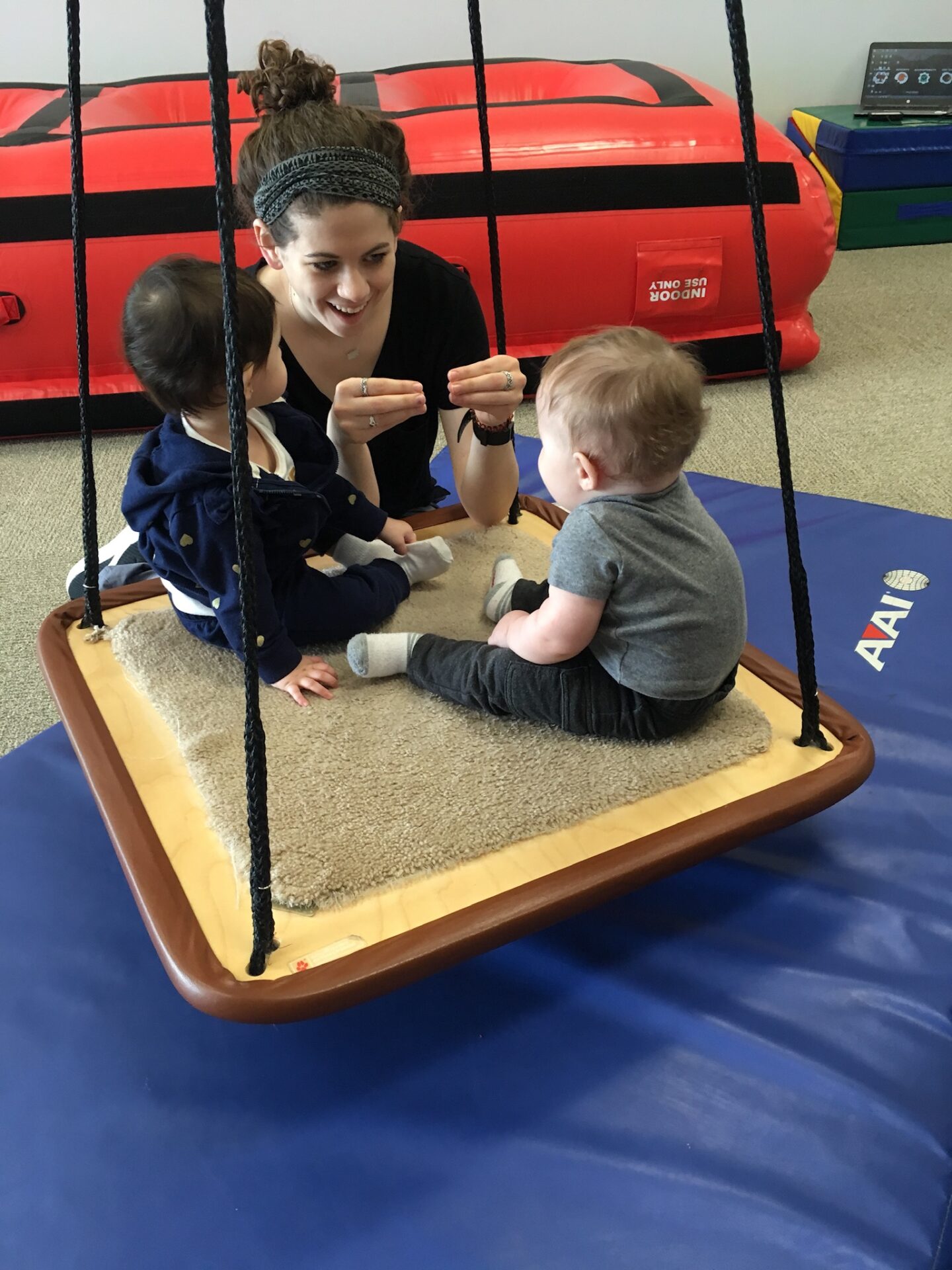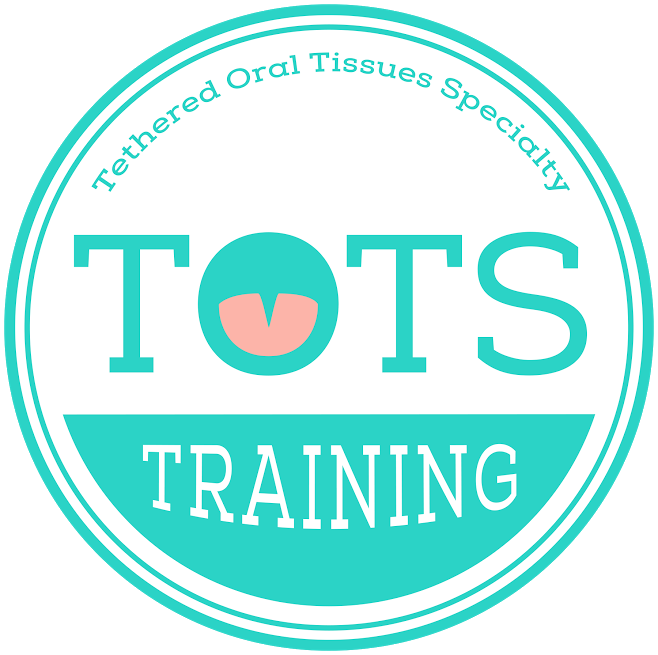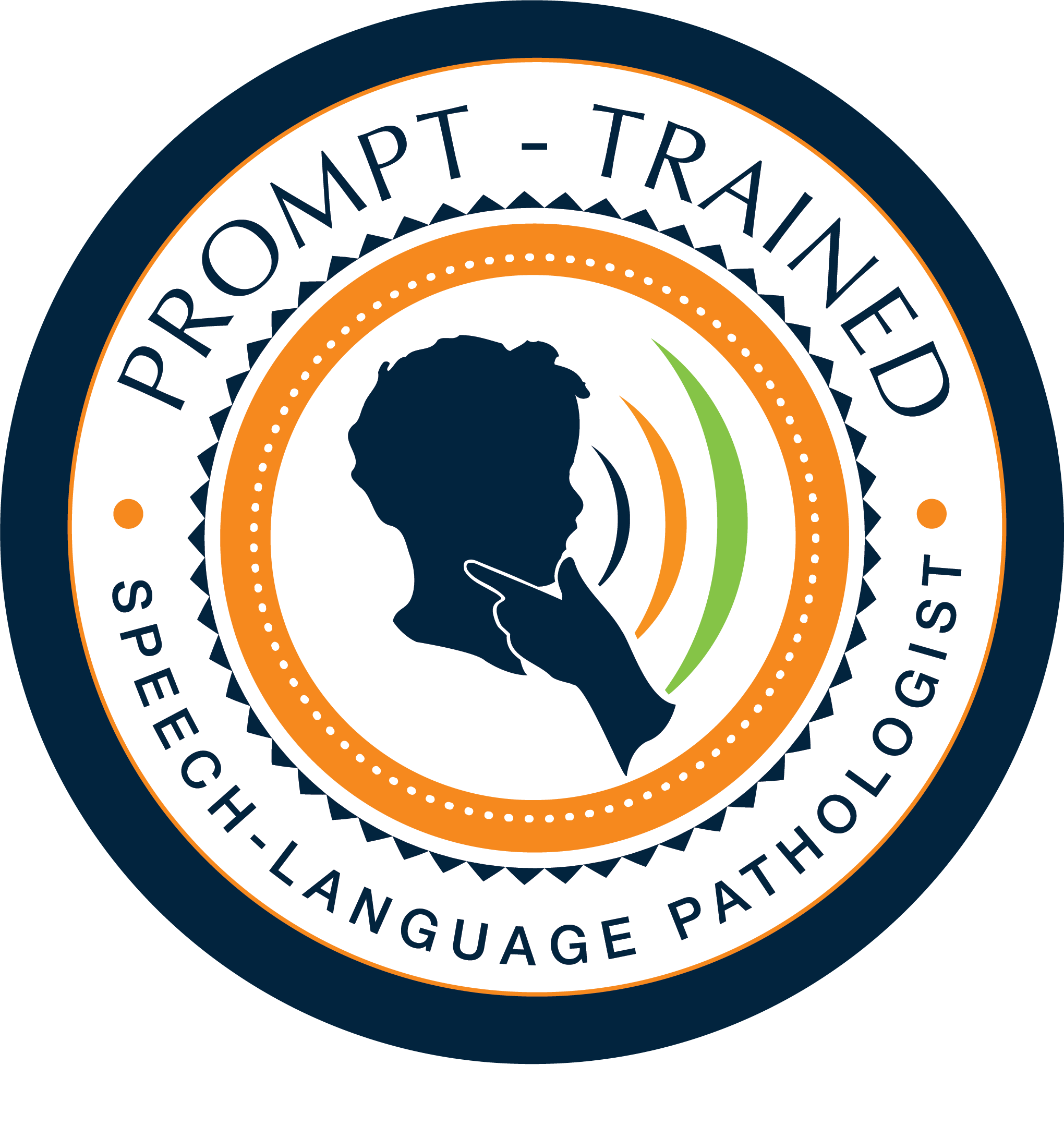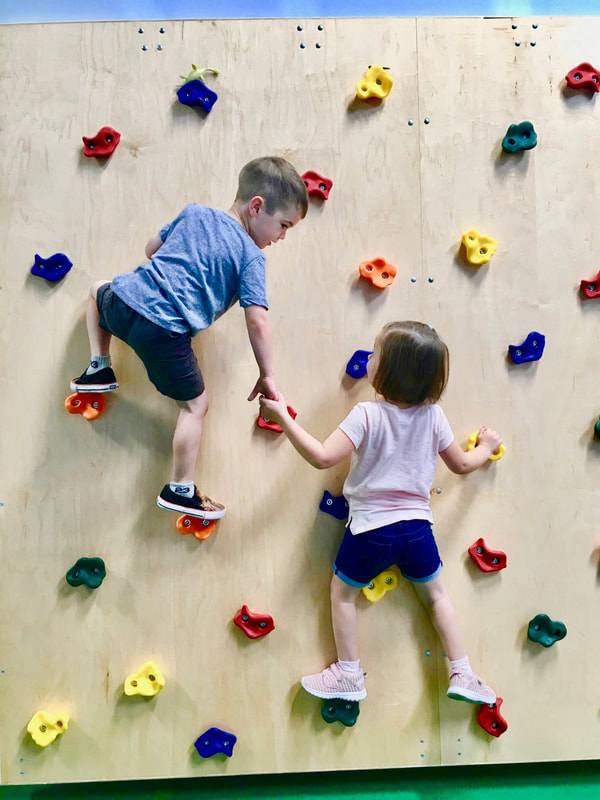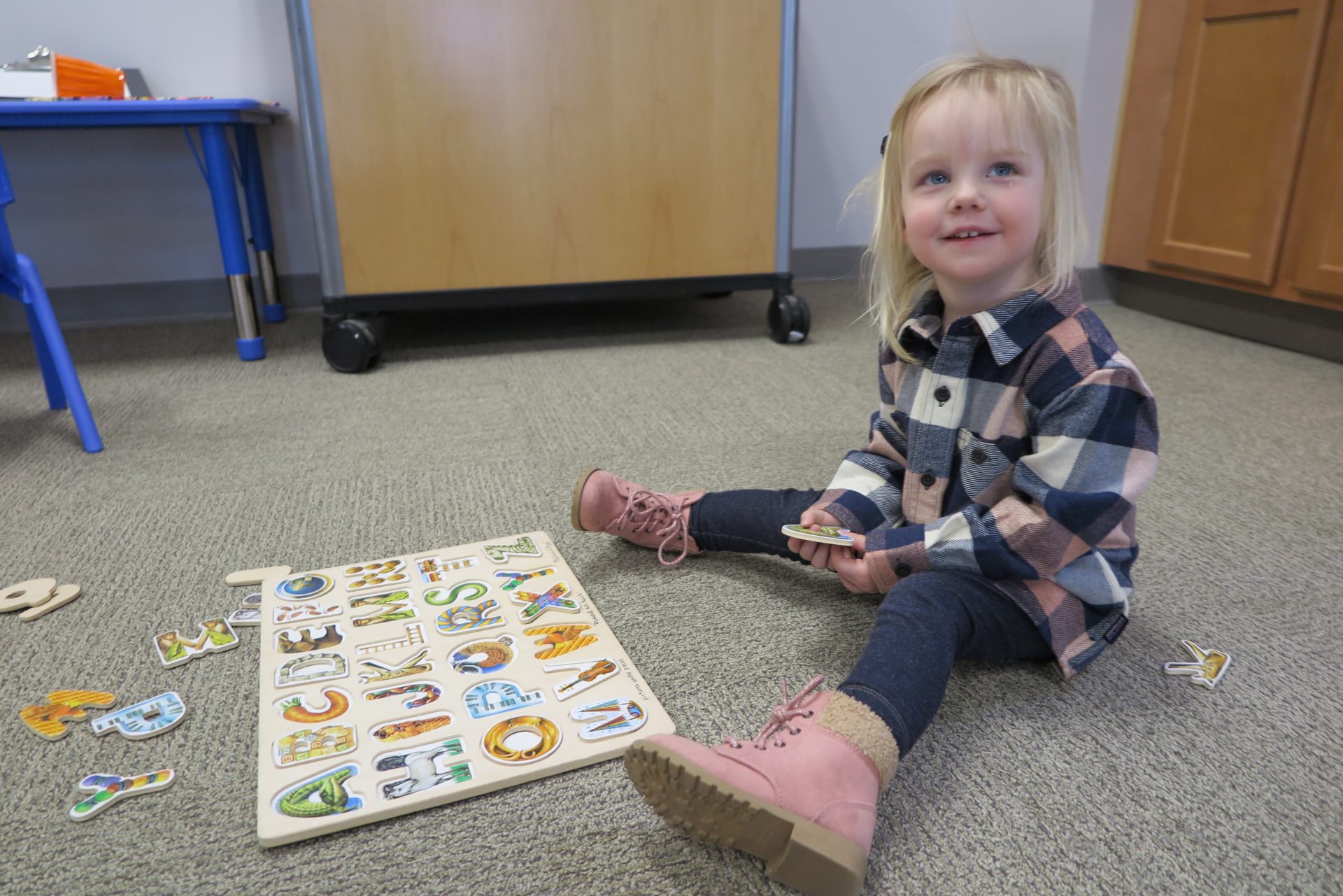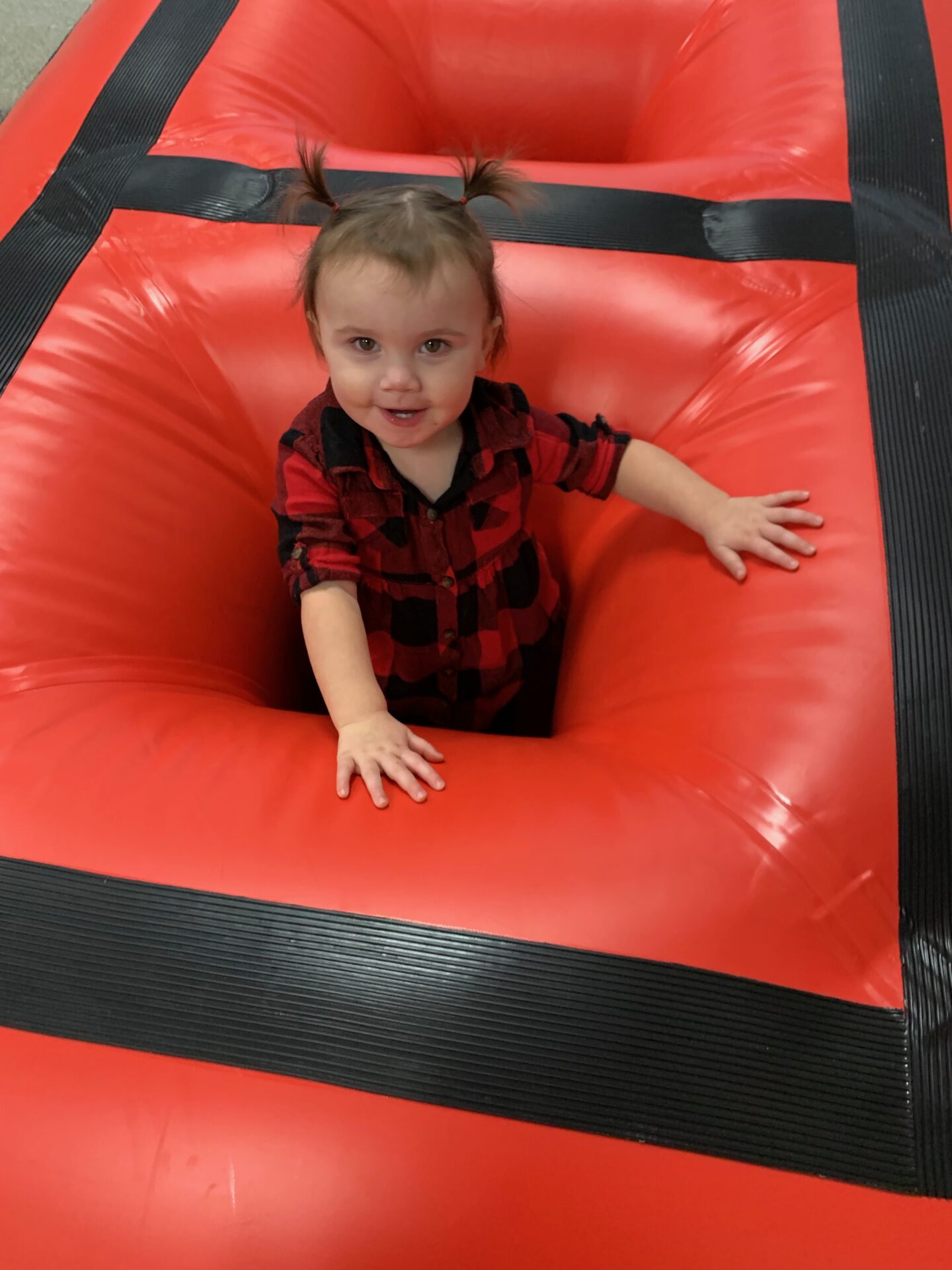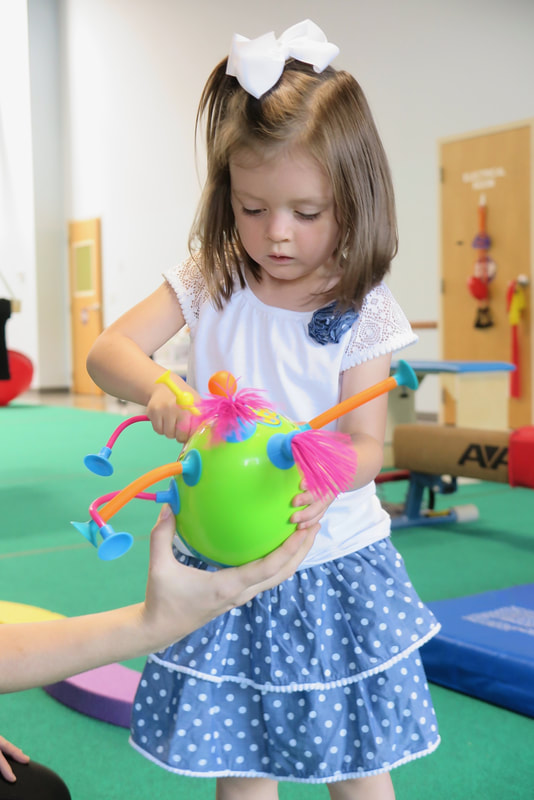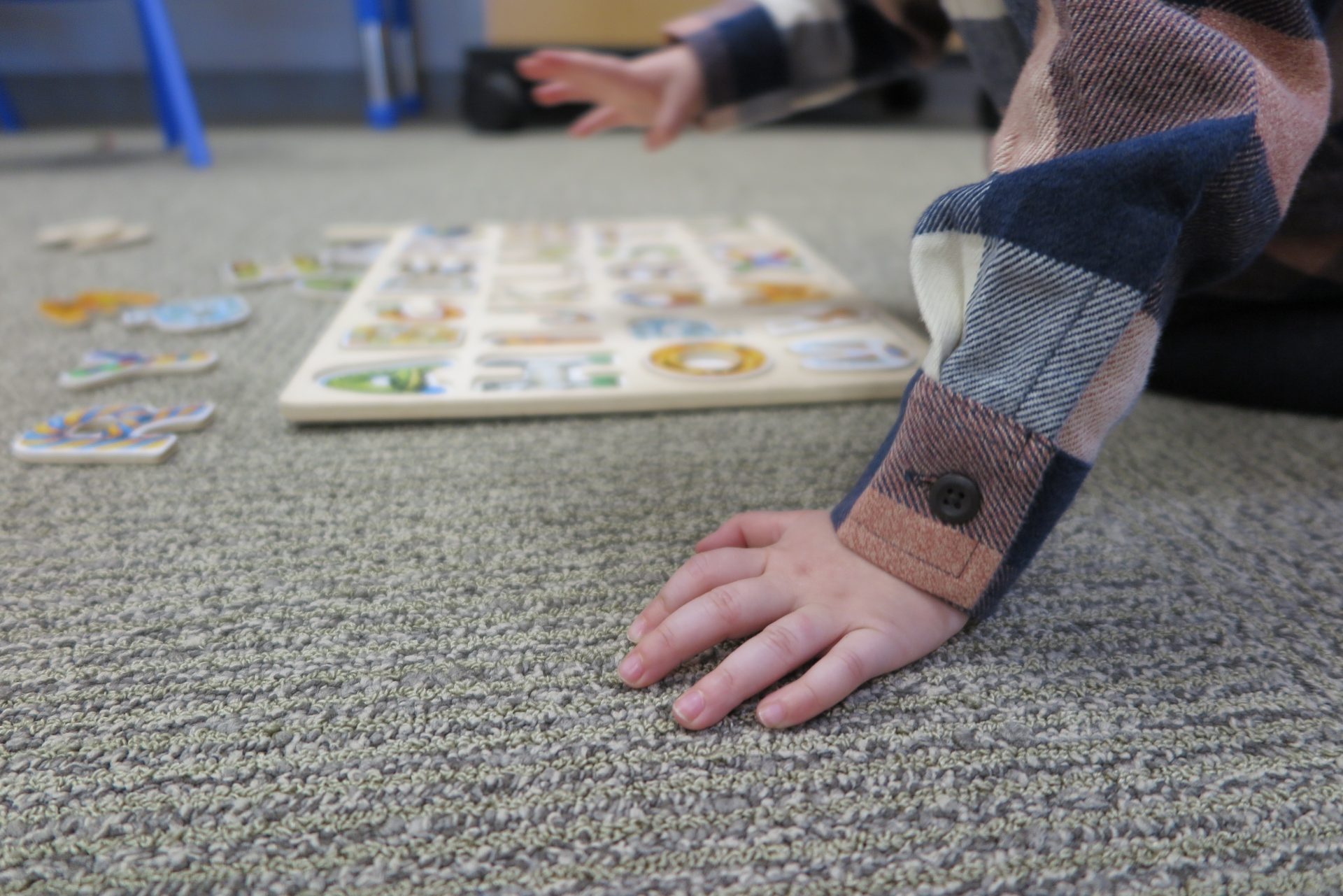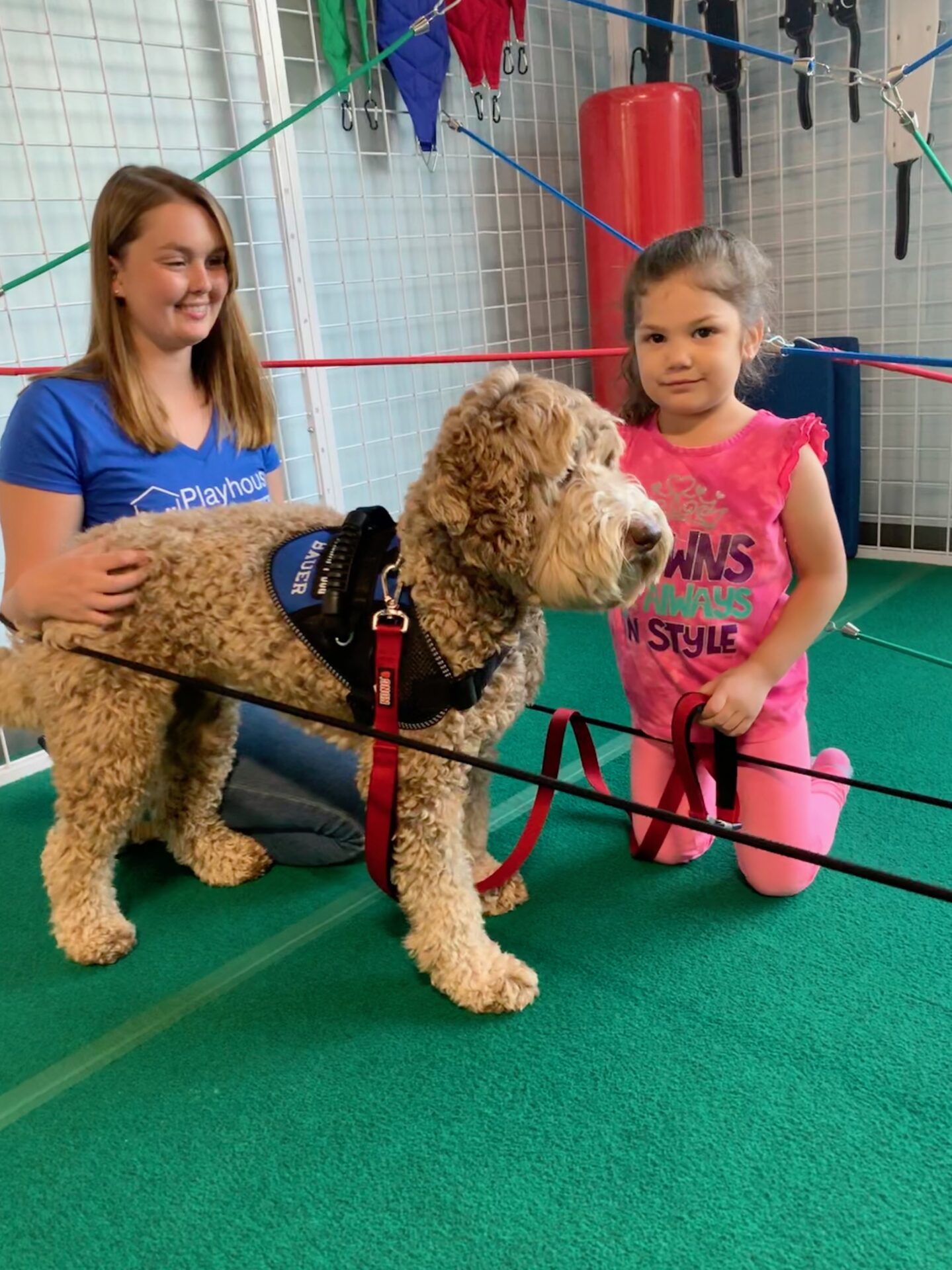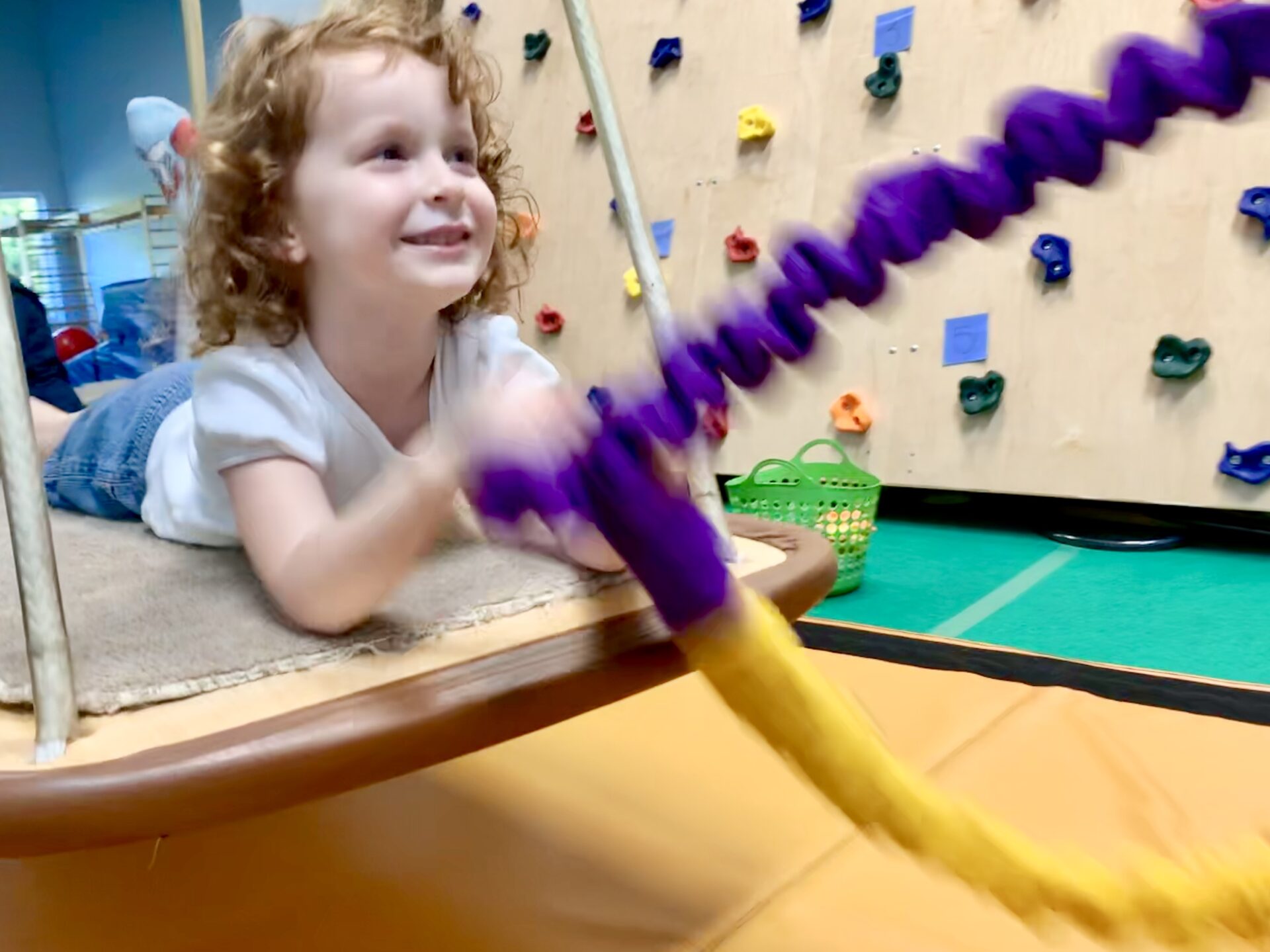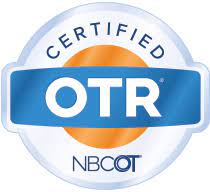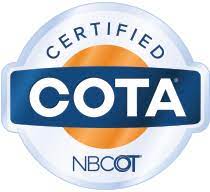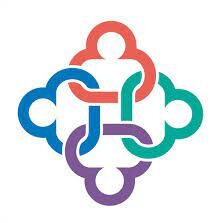TURKEY TIME TROUBLES?
Turkey Time (as referred to by many of our kiddos) is just around the corner and it is either met with happy or anxious anticipation by children and adults! A family member announces every Thanksgiving that this is her least favorite holiday because of how overwhelmed she feels with all the food options. She says the anxiety starts weeks before the big day. She has the ability to identify, process and express her anxiety related around a holiday. Imagine, now, a child with the same feelings. What might his or her anxiety look like?
Anxiety signs in kids:
- Crying
- Fleeing the table
- Poor Sleep
- Upset/outbursts more frequently or higher intensity than is typical
- Irritability
- Grimacing
- Sweating
- Yelling
- Wide eyes
- Gagging or vomiting
- Decreased appetite
- Tense or jittery body
- Frequent urination
So, what can you do to help make this time less anxious for your child?
How you can help:
- Take the pressure off! No need to focus on or force the idea of sitting down for a large meal with relatives! Keep it casual for your kid
- Validate feelings of discomfort around the holiday
- Brainstorm food avoidance strategies for use at the Thanksgiving table with your child
- Interact with Thanksgiving foods without eating them
- Talk about it- set expectations and boundaries for the holiday festivities
- Take breaks from the commotion
- Turn the focus- make the focus of the holiday less about the food and more about family, crafting/decorations, gratitude, whatever is important to your family!
- Engage in calming strategies throughout the month. Examples of calming strategies include heavy work, deep pressure, auditory supports, movement strategies, deep breathing/relaxation strategies, tactile bins, lighting adjustments, and visual toys. These strategies can be used around meal time and outside of meal time.
Turkey time can be a successful holiday for your entire family, especially if you identify and prepare for the day ahead of time! If you’d like additional resources, please set up a free screening with one of our occupational therapists at BDI playhouse!
Written by Maggie Lord MS, OTR/L, and Jessica Keenan, MA, CCC-SLP/L, CLC





